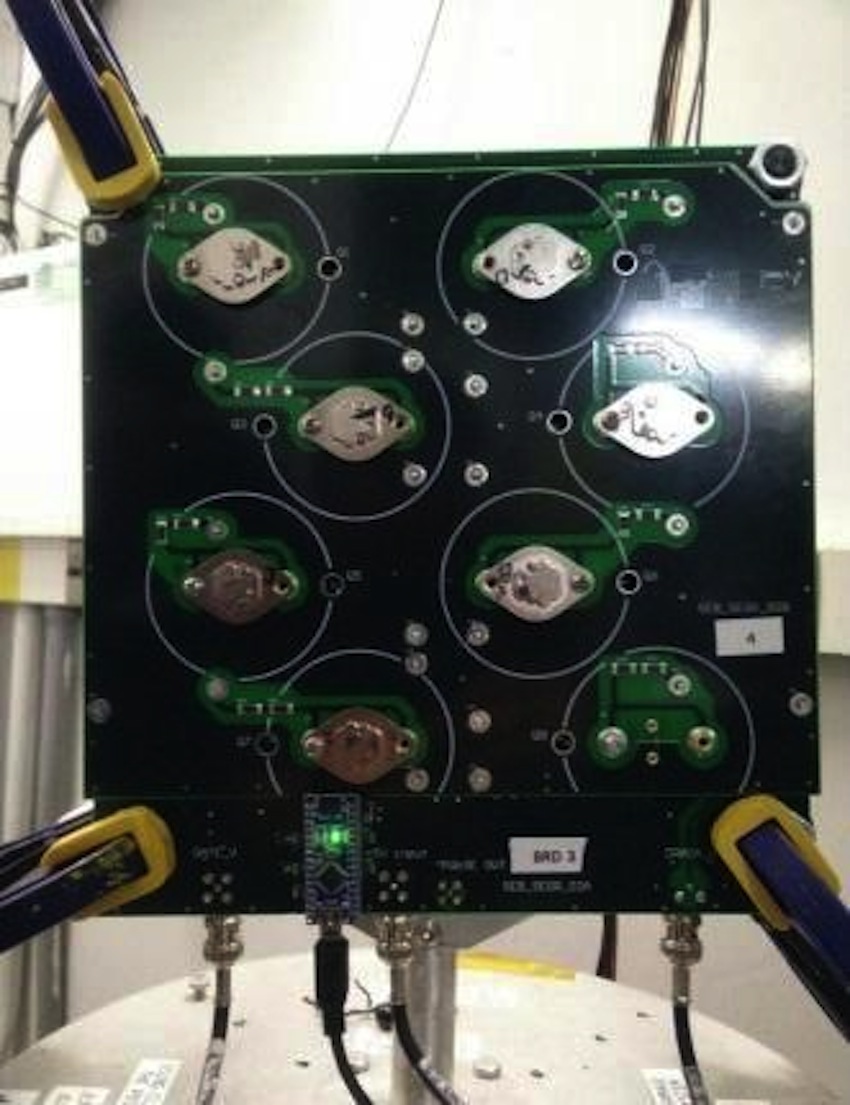SMI completes gallium oxide radiation testing

Company tests to see whether Ga2O3 power devices could be a good candidate for NASA's power management and distribution systems
Structured Materials Industries (SMI) has successfully finished initial studies of the radiation hardness of Ga2O3-based power devices in accordance with a NASA SBIR Phase I funded project (NASA Award No. NNX17CG70P).
The Ga2O3 films were grown on bulk doped and undoped Ga2O3 and other substrates in one of SMI's in-house MOCVD systems.
Total Ionisation Dose (TID) and Single Event Effect (SEE) were used as radiation hardness testing metrics.
The radiation hardness testing was conducted to determine whether the Ga2O3 based power devices were a good candidate for NASA's Power Management and Distribution (PMAD) systems among other applications. Potential applications include power devices such as diodes and transistors that may be used in areas like power rectification, and RF mixing, among many others.
"With the development of Ga2O3 power devices, we thought it important to further the determination of the space worthiness/applicability of Ga2O3 based devices. NASA agreed and funded this important capability investigation. Testing actual devices made this project all the more relevant.", commented Serdal Okur, principal investigator for SMI SBIR Ga2O3 related projects.
He added: "We tested different combinations of device material properties; such as orientation, doping levels, substrate dopant, and crystal growth technique, including epilayers grown by MOCVD. Fabricated devices included Schottky barrier diodes. The variables were strategically chosen to critically evaluate the potential of Ga2O3based power device performance under different radiation exposures."
The testing was carried out in stages during the Phase I project. SMI says it was a significant milestone in the overall assessment of Ga2O3 radiation hardness.
Okur added: "The Phase I work of this project was implemented and successfully completed in a 6-months period, which is very impressive considering the amount of knowledge acquired from this study. We are also grateful for the contributions from all the personnel at various universities, research laboratories, and government agencies that were involved in this project."


































